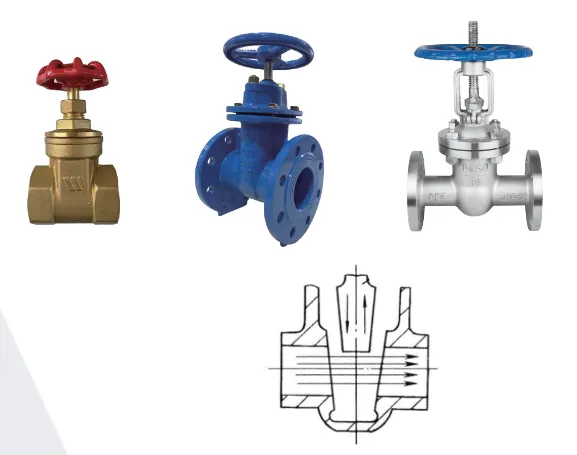Understanding the Functionality and Applications of Sluice Gate Valves in Water Management Systems
Sluice Gate Valves An Overview
Sluice gate valves are essential components in various water management systems, including dams, canals, and wastewater treatment plants. These valves are designed to control the flow of water by raising or lowering a gate that resides in the valve body. Their simple design and effectiveness in handling large volumes of water make sluice gate valves a critical part of hydraulic engineering.
Structure and Operation
The construction of a sluice gate valve consists primarily of a gate, a frame, and a mechanism for raising and lowering the gate. The gate is usually made of robust materials like steel or reinforced concrete to withstand the hydraulic forces exerted by the water flow. The frame supports the gate and ensures a tight seal when closed, preventing leakage.
The operation of sluice gate valves is straightforward. When the gate is in the raised position, water flows freely through the valve. To restrict or stop the water flow, the gate is lowered into the channel. The mechanism used for raising and lowering the gate can vary—ranging from manual handwheels to electric actuators or hydraulic systems, depending on the size of the valve and the specific application.
Applications of Sluice Gate Valves
Sluice gate valves are widely used in a variety of applications. In irrigation systems, they play a crucial role in managing water flow to fields, allowing farmers to optimize water usage for crop growth. In municipal water systems, these valves help control the distribution of drinking water to different areas, ensuring efficient and effective service.
Additionally, sluice gate valves are vital in flood control systems. They can be employed to regulate water levels in reservoirs and prevent overflowing during periods of heavy rainfall. In hydroelectric power plants, sluice gates control the flow of water to turbines, enabling the generation of electricity while managing the water resources responsibly.
One significant application of sluice gates is in sewage treatment facilities, where they help control the flow of wastewater through various treatment processes. By regulating water levels, these valves aid in maintaining optimal conditions for microorganisms that break down harmful pollutants.
sluice gate valves

Advantages of Sluice Gate Valves
There are several advantages to using sluice gate valves. First and foremost, their ability to handle large volumes of water makes them ideal for heavy-duty applications. The design of sluice gates allows them to provide a tight seal, minimizing leakage when closed.
Furthermore, sluice gate valves are relatively easy to operate and maintain. Manual operation requires minimal effort, and automated systems can be programmed to control water flow without the need for constant monitoring. The robust materials used in their construction also ensure a long lifespan, reducing the need for frequent replacements.
Sluice gate valves are also cost-effective solutions for water management. Compared to other valve types, they typically have lower initial costs and require less maintenance over time. Their straightforward design contributes to ease of use, making them accessible for operators of varying experience levels.
Challenges and Considerations
Despite their many advantages, sluice gate valves are not without challenges. One major consideration is the potential for sediment buildup and debris accumulation. Over time, sediment can obstruct the gate's movement, leading to operational issues. Regular maintenance is therefore crucial to ensure that the valves function effectively.
Additionally, the installation of sluice gate valves must be carefully planned to account for factors such as water pressure, flow rates, and environmental conditions. Incorrect installation can lead to improper operation, resulting in flooding or water supply disruptions.
Conclusion
In conclusion, sluice gate valves serve as a vital tool in managing water resources across various applications. Their effectiveness, simplicity, and cost-efficiency make them an invaluable asset in engineering projects related to water management. As water scarcity and climate change continue to impact our global water systems, the role of sluice gate valves in facilitating sustainable water management will become increasingly important. Proper maintenance, thoughtful installation, and strategic use will ensure that these essential components continue to support our water infrastructure for years to come.
-
The Key to Fluid Control: Exploring the Advantages of Ball Valves in Industrial SystemsNewsJul.09,2025
-
The Versatile World of 1, 2, and 3 Piece Ball ValvesNewsJul.09,2025
-
Stainless Steel Ball Valves: The Ideal Choice for Efficient Flow ControlNewsJul.09,2025
-
Optimizing Fluid Control with Ball Float ValvesNewsJul.09,2025
-
Manual Gate Valves: Essential for Control and EfficiencyNewsJul.09,2025
-
Everything You Need to Know About Butterfly ValvesNewsJul.09,2025
-
The Versatility of Wafer Type Butterfly ValvesNewsJul.08,2025




